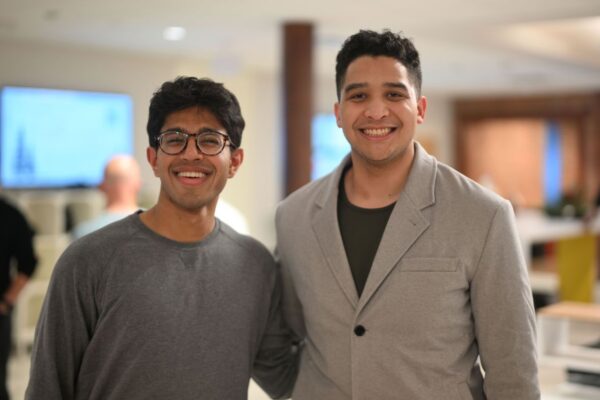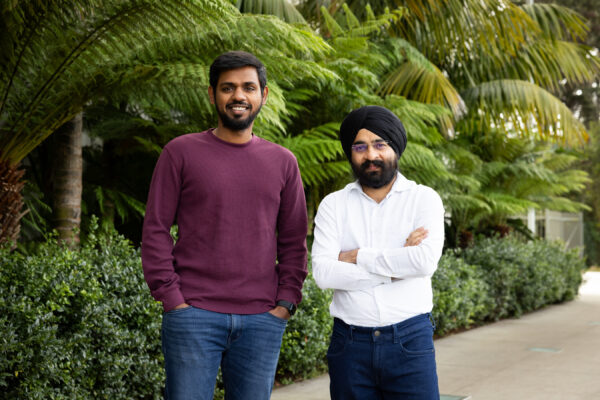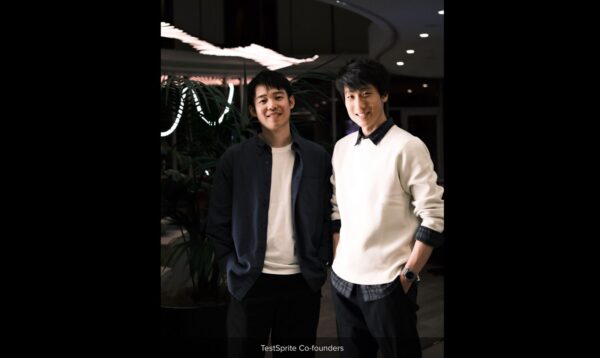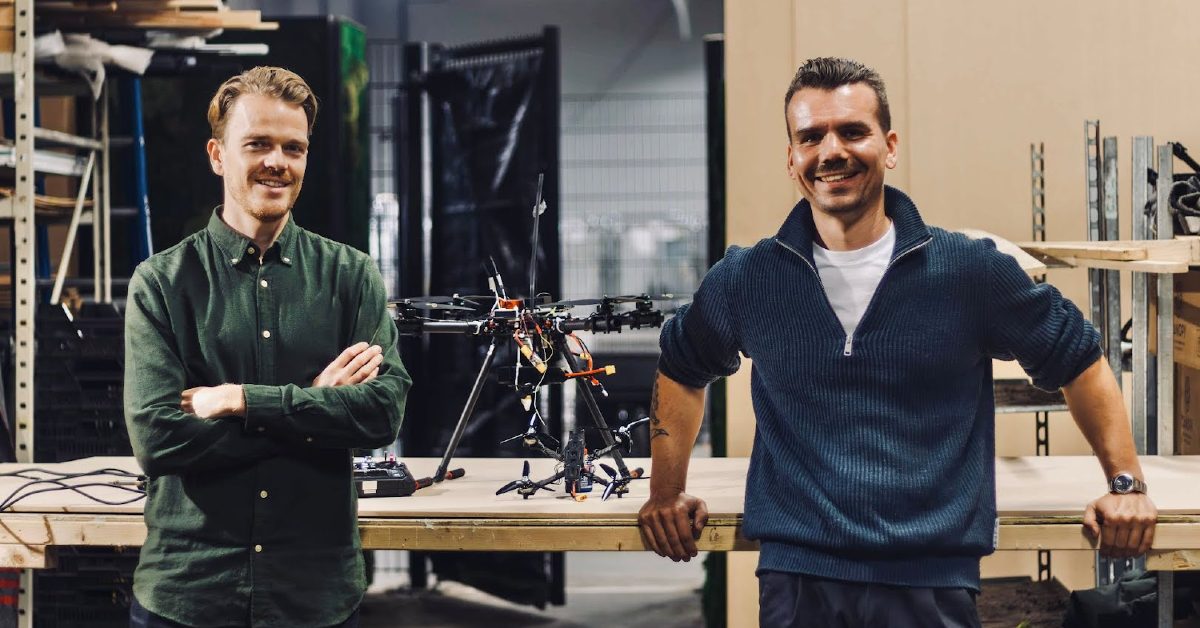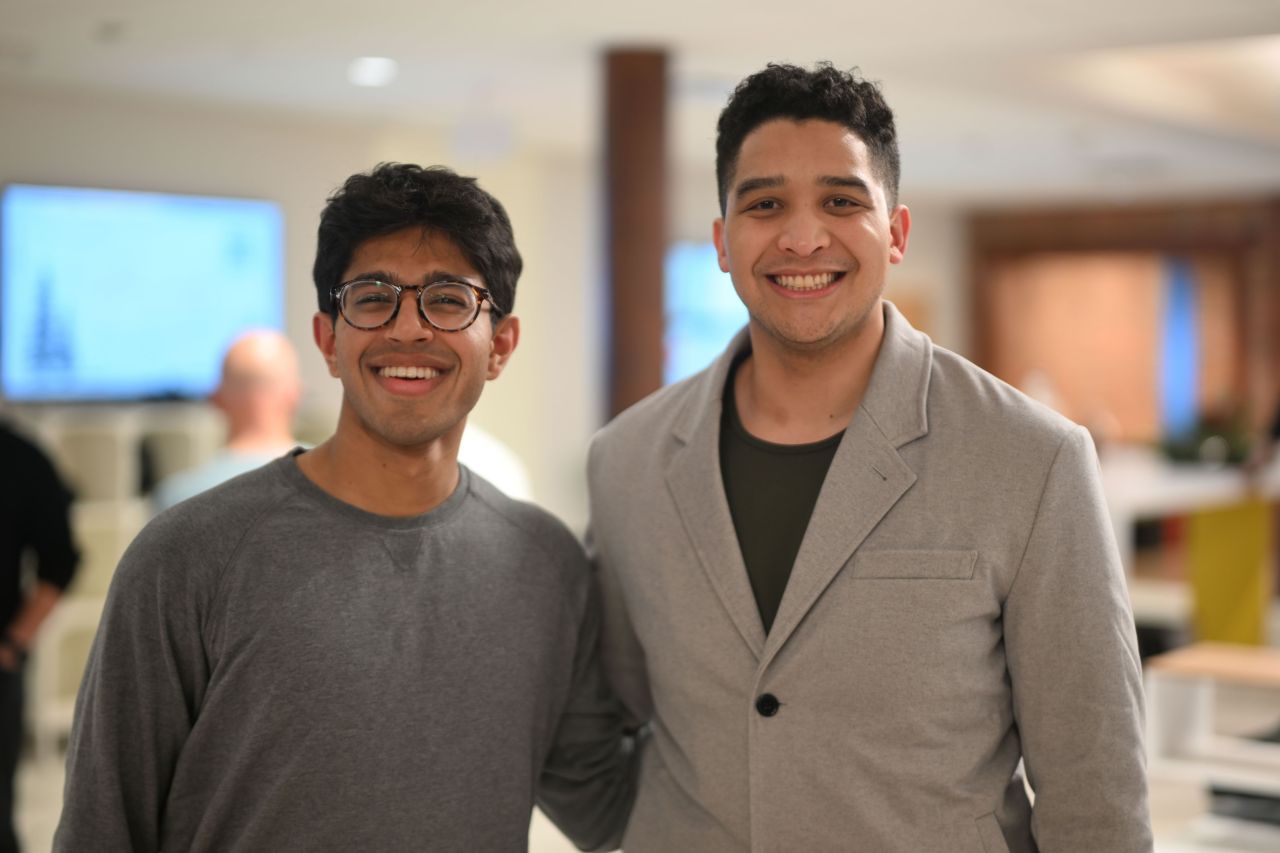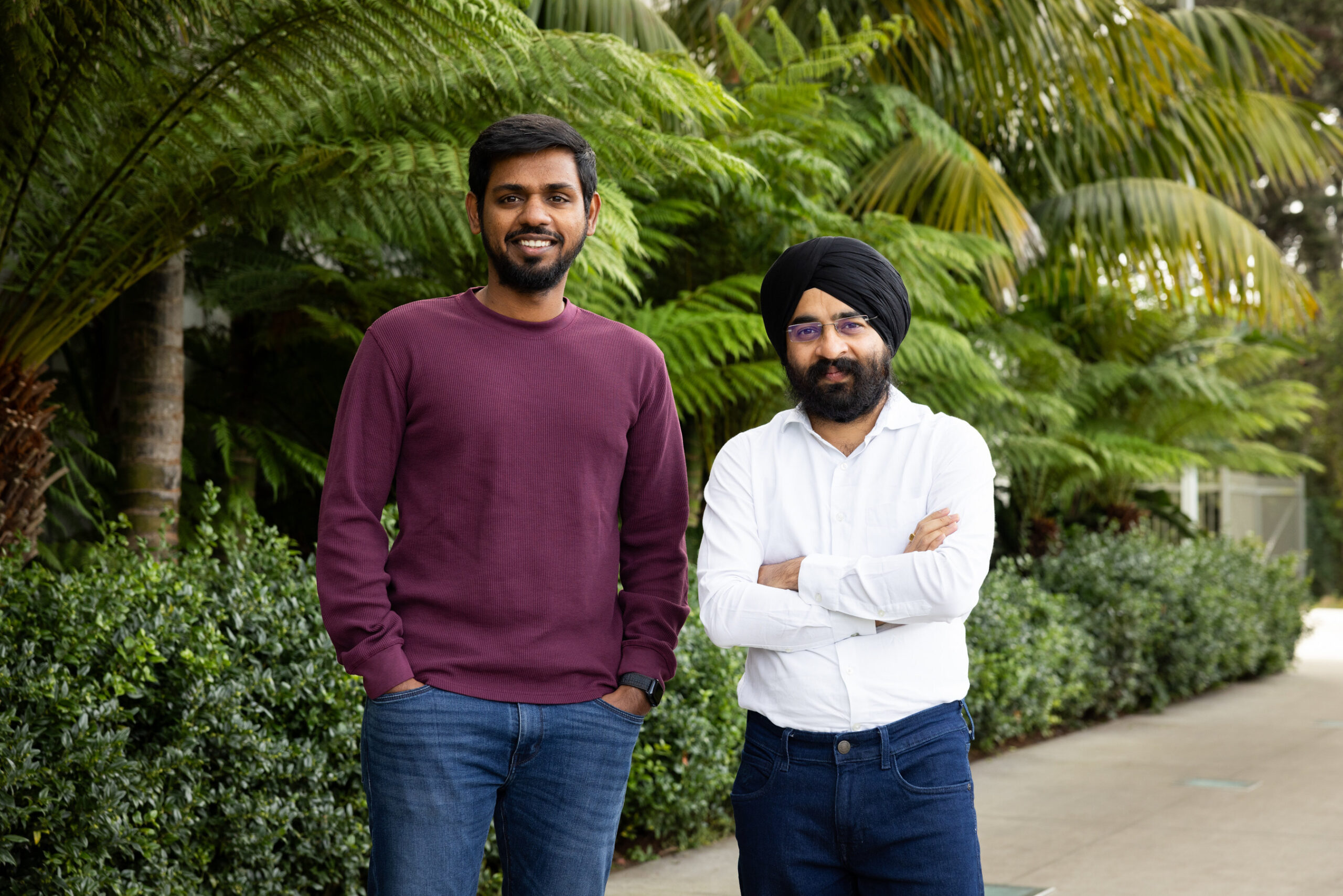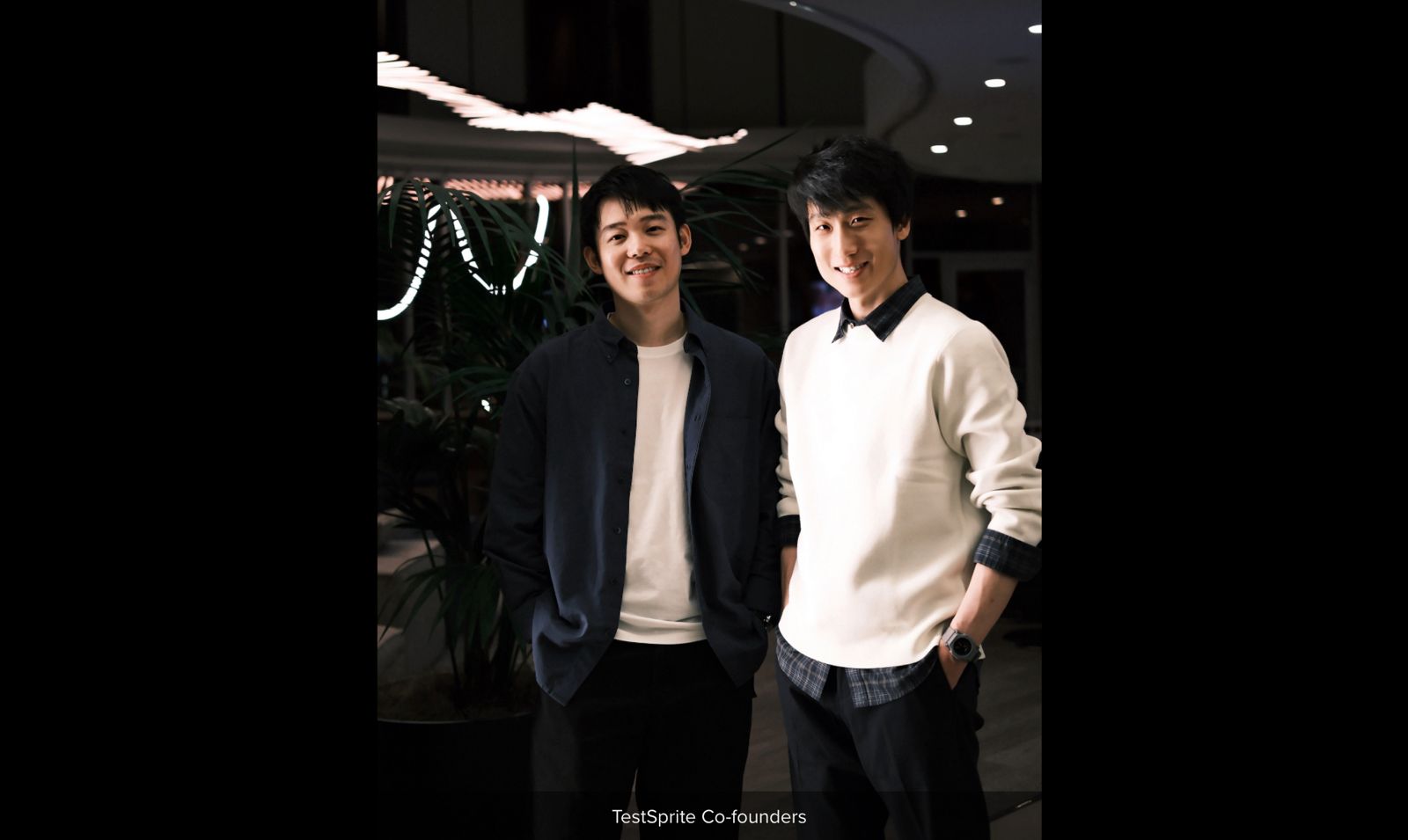In a decisive move to stake its ground in defense technology, Trusk Technology has secured €350,000 in funding from the North Holland Innovation Fund. The goal: to refine and deploy software for autonomous interceptor drones capable of detecting and neutralizing hostile aerial threats.
Founded in 2024 by Caspar Lusink and Tom Rijntjes, the startup is focused on a critical niche: enabling unmanned systems to not just spot enemy drones, but engage them autonomously—with a human in oversight. Their approach hinges on “operator‑on‑the‑loop” control, where automated decision-making is subject to real-time human intervention.
“We want to offer a scalable solution as quickly as possible to the air‑strikes Ukrainians suffer every day. … Europe must not lag behind,” said Caspar Lusink, co-founder and CEO of Trusk.
The capital injection will go toward accelerating software development, expanding testing in real-world environments, and entering into partnerships with defense and infrastructure stakeholders. The North Holland fund works through convertible loans for early-stage innovation, supporting ventures across both startup and academic tracks.
🚀 Why This Funding Matters (Our View)
Autonomous drone intercept is no longer science fiction; it’s quickly becoming an operational necessity. As traditional defenses strain under high-volume drone incursions, software-driven interceptors present a more flexible, scalable alternative — especially when hardware costs are high and human reaction times are limited.
Trusk’s combination of detection, predictive trajectory modeling, and enforceable engagement via autonomous drones positions it as more than a tech experiment. If its algorithms prove reliable, fast, and auditable, they could shift how nations think about airspace security—turning what was once reactive into proactive defense.
The bigger test ahead is deployment in contested or chaotic environments where signals are jammed or adversaries are spoofing sensors. Success will depend not just on engineering, but on safety, rules of engagement, and trust in machine-assisted decisions. But Trusk’s early timing and ambition give it a real chance to be a foundational piece of Europe’s new aerial defense architecture.
If you need further assistance or have any corrections, please reach out to editor@thetimesmag.com.

